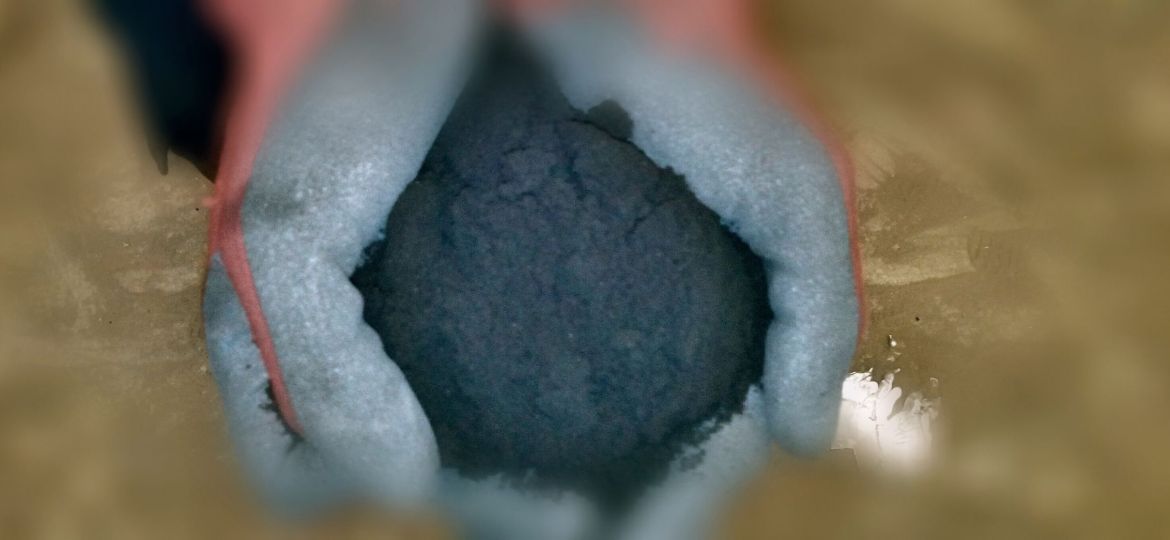
In the process of casting aluminum parts, two factors must be fully controlled: one of them is obviously the metal and the other is an element that historically has not been given much importance, but it has an important responsibility to obtain conforming parts, sand.
The sand circuit which has Cofundi mainly consists of a hygrometer, two sand hoppers return; and a new sand and bentonite (to make the appropriate additions), an intensive mixer two compactors and a vibrating table demolding. After demolding of the parts, the sand passes through a scavenger system and striking balls.
Sand characteristics
The green sand molds basically consist of three elements: silica sand, binder and water.
- Use a clay binder, called bentonite, to adhere and give cohesion to the grains of silica sand give plasticity to the mixture of sand and water.
- Water in the amount needed to activate the binder.
- At the time to use a silica sand, COFUNDI is based on both its chemical composition and thermal characteristics as the shape of the grains and their size distribution.
With the appropriate mixture of these elements must achieve molds conforming among others the following features:
- Faithfully reproduce the shapes of the model.
- Have a good resistance to erosion caused by the impact of aluminum.
- Possess a strong resistance to high temperatures, since aluminum can be cast up to 800 ° C.
Have adequate permeability to allow the evacuation of gas.
Get a good surface finish on the parts obtained.
Control of green molding sand
Each mold, and therefore each part, has different requirements green sand; so the sand control circuit is a key function of any department of quality in a foundry; as it is closely linked with the quality of each piece and even surface appearance.
In Cofundi daily control of the state of the sand is made and appropriate actions are taken into accordance with the needs of each piece. In the laboratory casting, moisture, compactness and resistance to compression in both green as cracking of the sand is controlled.
Also, periodically, an external laboratory analyzes the percentage of fines, the losses by calcining and the percentage of bentonite from the sand of circuit, obtaining accurate and reliable information on the state of the same, with the aim of having a green sand mold optimal for obtaining each part produced .
Bikendi González